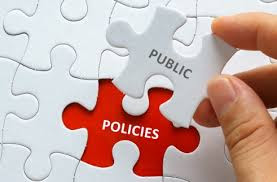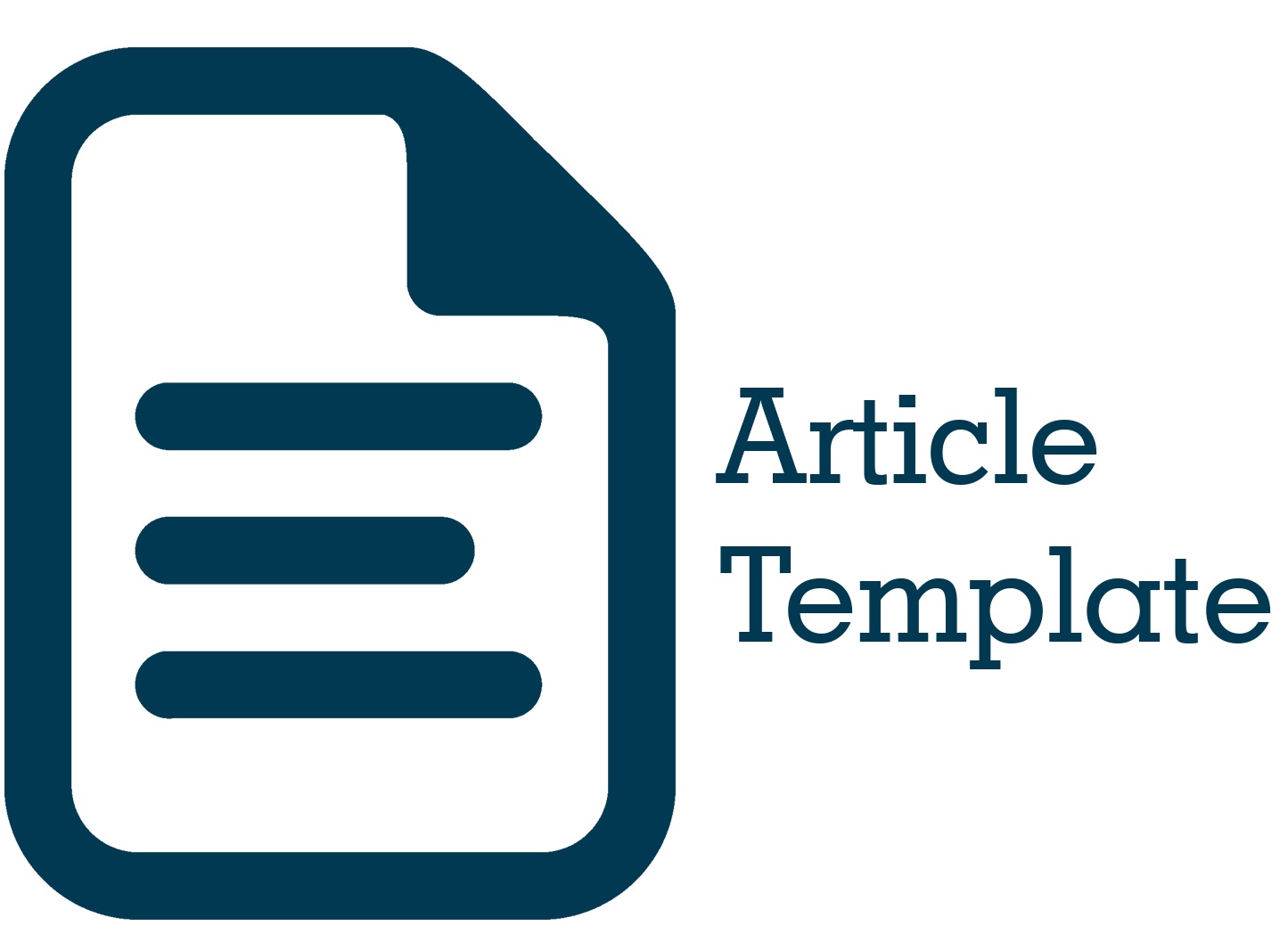Stakeholder Dynamics in Downstreaming in Indonesia; A Case Study of Nickel Mining
DOI:
https://doi.org/10.51135/PublicPolicy.v5.i2.p973-989Keywords:
Downstream Sector, Stakeholder Analysis, Stakeholder Dynamics, Mining Regulation, Public PolicyAbstract
Indonesia possesses significant mineral resources, making it a crucial player in the global mining industry. This research aims to examine the interests of critical stakeholders including the government, mining companies, local populations, and environmental groups to ensure the long-term viability of the downstream mining sector. The study aims to identify the dynamics of relationships and interests. It reveals that conflicts of interest exist, and if not managed effectively, they may impede the industry's progress. However, there are opportunities for collaboration that, if maximized, can boost added value for all stakeholders, including enhancing the welfare of local communities. The consequences of this research include legislative recommendations to the Indonesian government for the establishment of more inclusive legislation and ways for businesses to improve their interactions with local communities and other stakeholders. The implications of this research include legislative recommendations to the Indonesian government for the establishment of more inclusive legislation, as well as ways businesses can improve their engagement with local communities and stakeholders.
Downloads
References
Aligica, P. (2006). Institutional and Stakeholder Mapping: Frameworks for Policy Analysis and Institutional Change. Public Organization Review, 6(1), 79–90. https://doi.org/10.1007/s11115-006-6833-0
Aziz, A. A. (2016). Assessing the Potential of REDD+ in a Production Mangrove Forest in Malaysia using Stakeholder Analysis and Ecosystem Services Mapping. Marine Policy, 74, 6–17. https://doi.org/10.1016/j.marpol.2016.09.013
Braxton, J. M. (2010). Ernest Boyer and the Scholarship of Engagement. In Handbook of Engaged Scholarship (pp. 71–91). https://api.elsevier.com/content/abstract/scopus_id/80255125881
Climate Rights International. (2024). Indonesia: Huge Nickel Project Driving Climate, Rights, Environmental Harms. https://cri.org/indonesia-huge-nickel-project-driving-climate-rights-environmental-harms/
Fahmid, I. M., Wahyudi, Salman, D., Kariyasa, I. K., Fahmid, M. M., Agustian, A., Perdana, R. P., Rachman, B., Darwis, V., & Mardianto, S. (2022). “Downstreaming” Policy Supporting the Competitiveness of Indonesian Cocoa in the Global Market. In Frontiers in Sustainable Food Systems (Vol. 6). https://www.frontiersin.org/articles/10.3389/fsufs.2022.821330
Ferretti, V. (2016). From Stakeholders Analysis to Cognitive Mapping and Multi-Attribute Value Theory: An Integrated Approach for Policy Support. European Journal of Operational Research, 253(2), 524–541. https://doi.org/10.1016/j.ejor.2016.02.054
Hilson, G. (2020). Artisanal and Small-Scale Mining and the Sustainable Development Goals: Opportunities and New Directions for sub-Saharan Africa. Geoforum, 111, 125–141. https://doi.org/10.1016/j.geoforum.2019.09.006
Jong, H. (2024). Indonesian Nickel Project Harms Environment and Human Rights, Report Says. News.Mongabay.Com. https://news.mongabay.com/2024/02/indonesian-nickel-project-harms-environment-and-human-rights-report-says/
Krupa, M. (2018). Mapping the Stakeholders: Using Social Network Analysis to Increase the Legitimacy and Transparency of Participatory Scenario Planning. Society and Natural Resources, 31(1), 136–141. https://doi.org/10.1080/08941920.2017.1376140
Krustiyati, A., & Gea, G. V. V. (2023). The Paradox of Downstream Mining Industry Development in Indonesia: Analysis and Challenges. Sriwijaya Law Review, 7(2), 335–349. https://doi.org/10.28946/slrev.Vol7.Iss2.2734.pp335-349
Li, B. (2023). Commodity Supply Risk Assessment of China’s Copper Industrial Chain: The Perspective of Trade Network. Resources Policy, 81. https://doi.org/10.1016/j.resourpol.2023.103297
Raum, S. (2018). A Framework for Integrating Systematic Stakeholder Analysis in Ecosystem Services Research: Stakeholder Mapping for Forest Ecosystem Services in the UK. Ecosystem Services, 29, 170–184. https://doi.org/10.1016/j.ecoser.2018.01.001
Shirey, M. (2012). Stakeholder Analysis and Mapping as Targeted Communication Strategy. Journal of Nursing Administration, 42(9), 399–403. https://doi.org/10.1097/NNA.0b013e3182668149
Sjahza, A. (2019). Regional Economic Empowerment through oil Palm Economic Institutional Development. Management of Environmental Quality: An International Journal, 30(6), 1256–1278. https://doi.org/10.1108/MEQ-02-2018-0036
Winans, K. (2021). Sustainable Value Mapping And Analysis Methodology: Enabling Stakeholder Participation to Develop Localized Indicators Mapped to Broader Sustainable Development Goals. Journal of Cleaner Production, 291. https://doi.org/10.1016/j.jclepro.2021.125797
Yakub, B. (2023). Challenges Of Implementing Vat Policy On Coal. Quality - Access to Success, 24(196), 8–21. https://doi.org/10.47750/QAS/24.196.02
Yudha, S. W. (2019). Stakeholder Mapping and Analysis of the Renewable Energy Industry in Indonesia. In Energies (Vol. 12, Issue 4). https://doi.org/10.3390/en12040602

Downloads
Published
How to Cite
Issue
Section
License
Copyright (c) 2024 author(s)

This work is licensed under a Creative Commons Attribution-ShareAlike 4.0 International License.
Authors whose manuscripts are published in the Journal of Public Policy must agree to the following terms;
- Publication rights for all manuscript materials published are held by the editorial board with the author's consent.
- The legal formalities for digital access to the Journal of Public Policy are subject to the Creative Commons Attribution Sharealike (CC BY SA) license, which means the Journal of Public Policy has the right to store, redistribute, reformat, manage in a database, maintain, and publish the manuscript without seeking permission from the author as long as the author's name is included as the copyright owner.
- Published manuscripts are open access for the purpose of disseminating research results. Besides this purpose, the editorial board is not responsible for copyright law violations.


.png)



